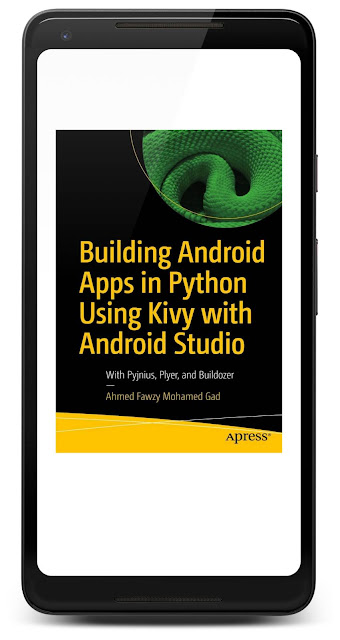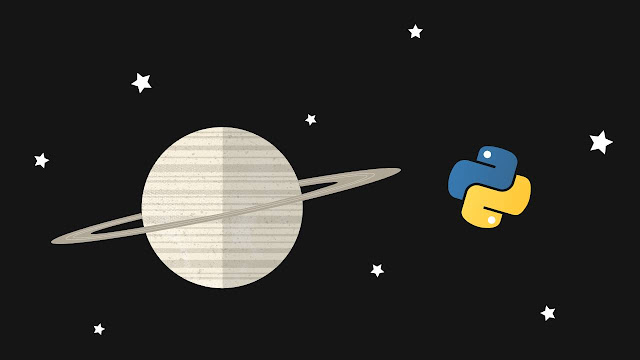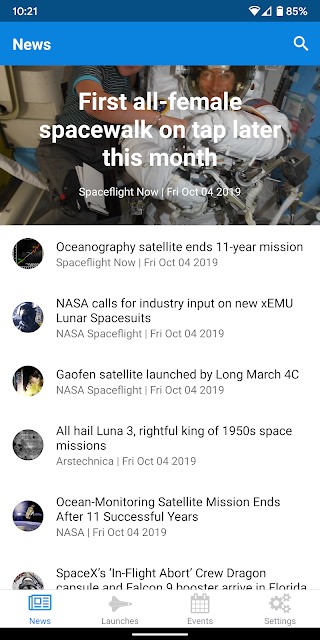Pixlr X: An Image Editor in the Cloud

Now that Android and Linux apps run on Chrome OS you can use pretty much any bitmap image editor, including the venerable GIMP. But, in the early days, the Pixlr cloud editor was the default recommendation — and the only practical choice. The cropping tool and options of Pixlr X running on my Chromebox. The original Pixlr and its related apps, such as the Pixlr Express lightweight editor, will be discontinued along with Flash on which they’re based. But the new Pixlr owner, the 123RF media company, rebuilt the toolset and developed Pixlr X as the heir of the Pixlr family of editors . Pixlr X has more robust foundations grounded in contemporary web technologies. I use Pixlr X on my Chrome OS devices and I like it for three reasons. The first is the app is fast and doesn’t get in the way of the work I want to do. Next, Pixlr X has a clean and modern design. The site is ad-supported but the few ads it serves blend with the site tastefully. Unlike the original Pixlr, Pixlr ...




















